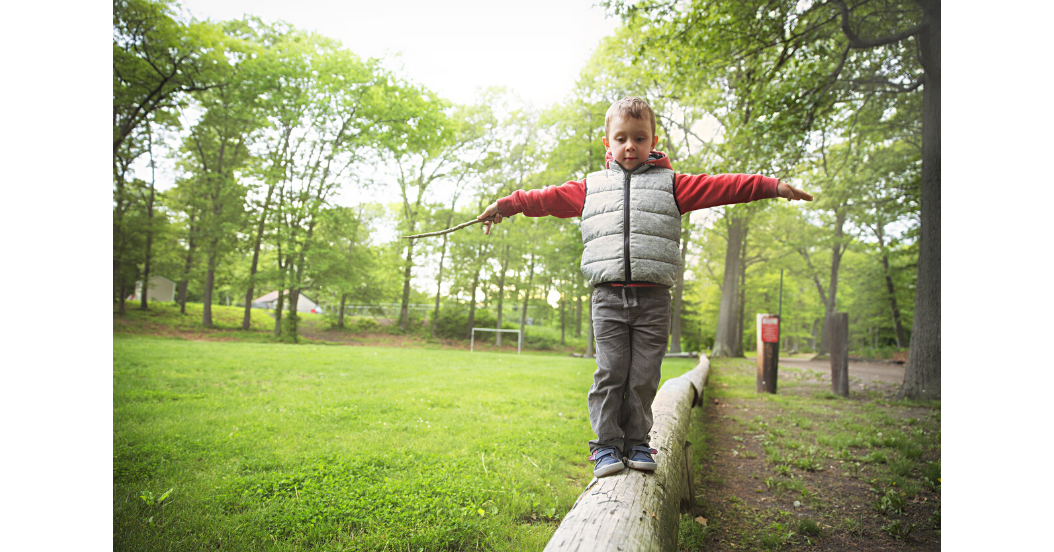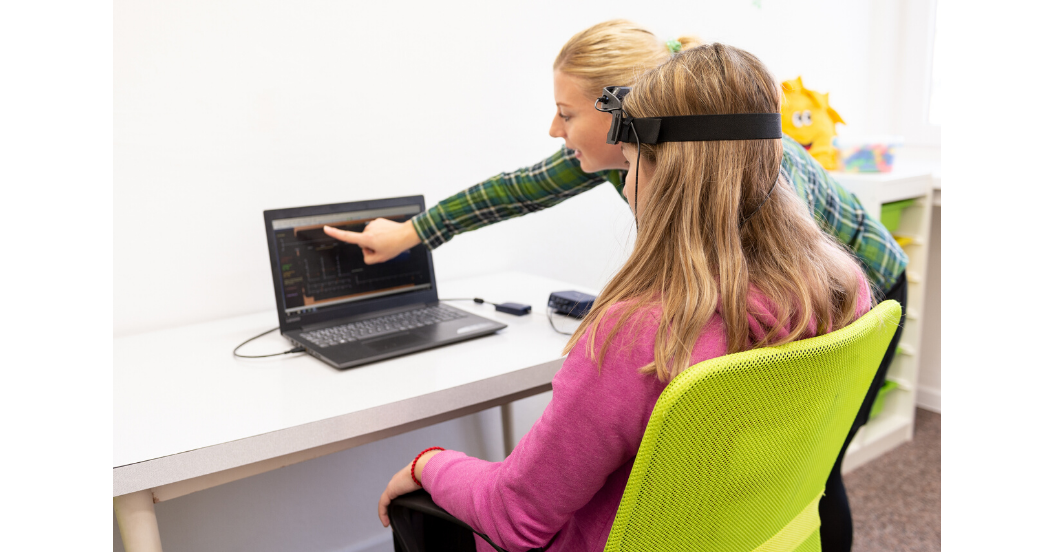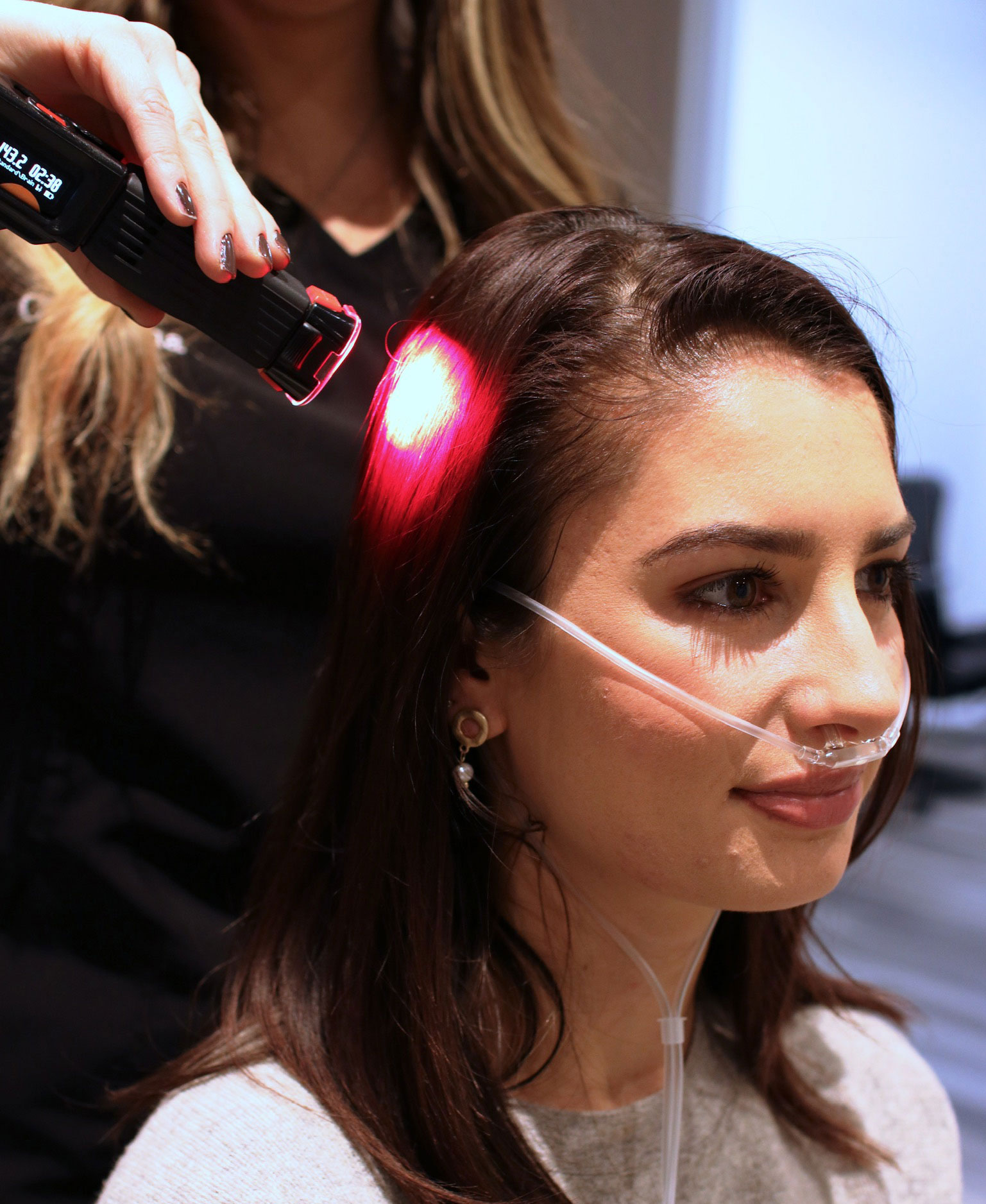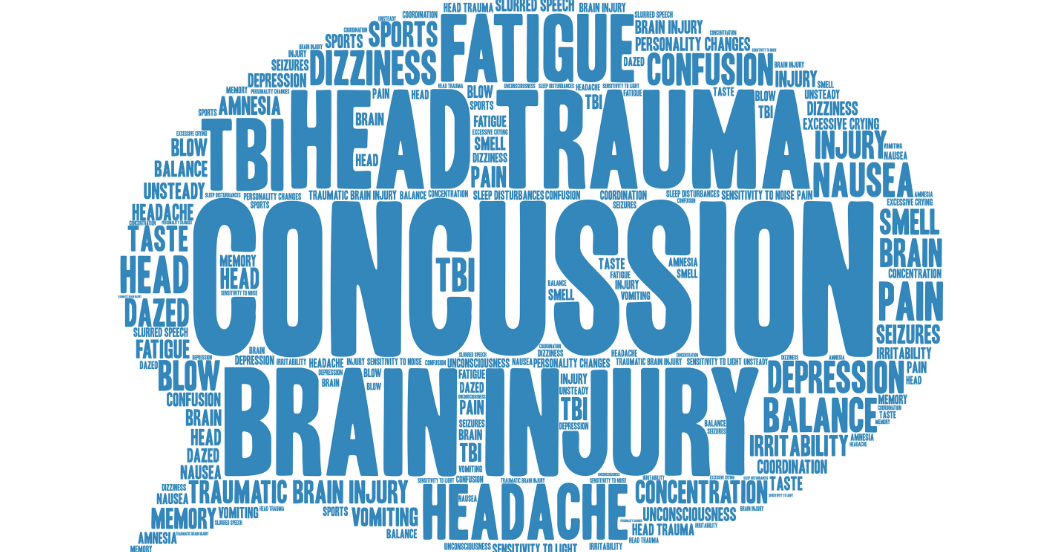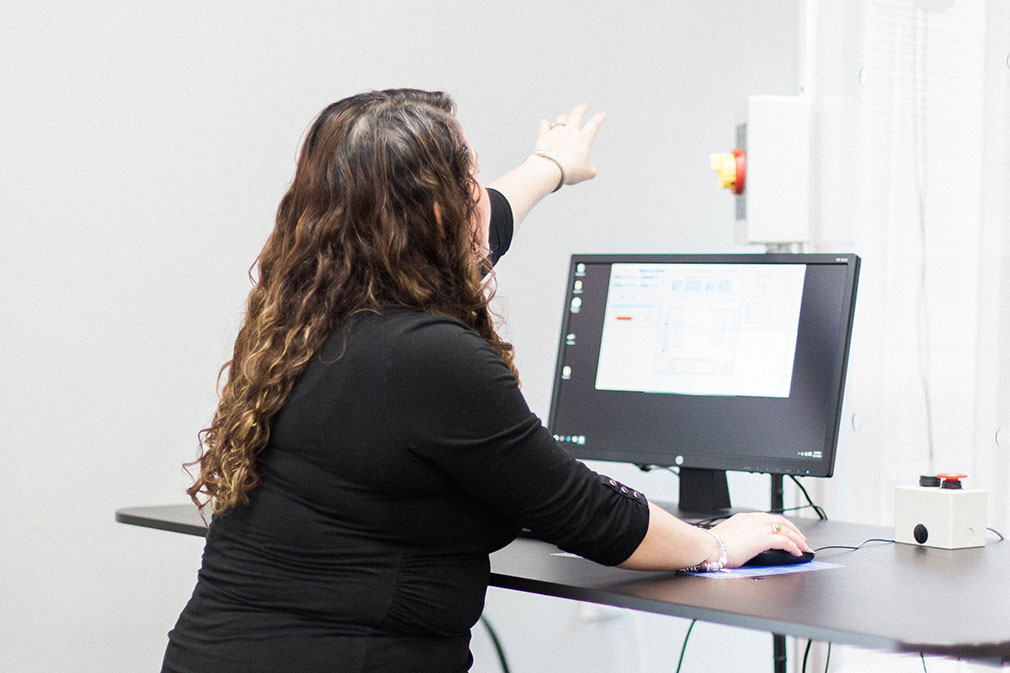“Vestibular training has been shown to improve auditory processing and is a reliable and powerful treatment option for ADHD.”
What is ADHD?
Attention-deficit/hyperactivity disorder (ADHD) is a neurobehavioral disorder that affects 3-7% of school-age children. Outside of medication, rehabilitation strategies may play a pivotal role in decreasing hyperactivity, impulsivity, and inattention while improving children’s performance in school.
Very often symptoms are not recognized or maybe even ignored until children begin school. However, the ability to concentrate and process both visual and auditory information is crucial for effective learning. Interestingly, about one-half of children with ADHD also have poor balance and equilibrium compared to children their age without ADHD. Furthermore, brain imaging studies have shown specific brain structures that are abnormally small in ADHD.
Three of these brain areas which are shown to be abnormal on brain imaging in ADHD include:
- The frontal lobes
- The basal ganglia
- The cerebellum
These areas are involved in the regulation of emotions, regulation of cognition, as well as regulation of physical movement. Differences in these brain structures may help explain many of the general performance deficits seen in cognitive, emotional, and motor systems in those with ADHD. New rehabilitation approaches have been developed aiming to normalize these specific brain areas and therefore normalize the behavioral problems. One therapy that has been researched with ADHD is vestibular rehabilitation.
Vestibular Rehabilitation
Vestibular rehabilitation is a specific physical rehabilitation program aimed at using specific eye movements, head movements, and body movements in order to improve functional capabilities and decrease symptoms.
Vestibular rehabilitation is classically used for patients with dizziness and balance/gait problems. However, new research has been looking at the connection between the stimulation of the vestibular system and improvements in attention, focus, and alertness. For example, vestibular stimulation has been shown to influence the regulation of dopamine in the brain impacting attention, motivation, and learning.
Vestibular Rehabilitation for ADHD
Research has looked into performing vestibular rehabilitation on children with ADHD. Vestibular rehabilitation improved attention and hyperactivity in these children. Due to the connections between the vestibular and auditory system, it is possible that specific vestibular-auditory therapies can improve hearing comprehension in those with ADHD and therefore improve learning. The connections between the vestibular system in the inner ears and other regions of the brain makes it easy to see how stimulating the vestibular system can affect so many other areas of the brain as well, not just those involved in ADHD.
Many parents find us off the recommendation of a friend or family member and trust our clinicians at The Neurologic Wellness Institute with the health of their children. This is something we do not take lightly and we are constantly trying to better understand how we can help our patients. After our initial 3 hour evaluation, our clinicians customize a treatment program for each patient in order to maximize success. For more information on how our clinicians manage patients with ADHD or any other condition please contact us at https://neurologicwellnessinstitute.com/contact/
Haghshenas et al. A possible correlation between vestibular stimulation and auditory comprehension in children with attention-deficit/hyperactivity disorder. Psychology & Neuroscience. 2014:7(2);159-162.

